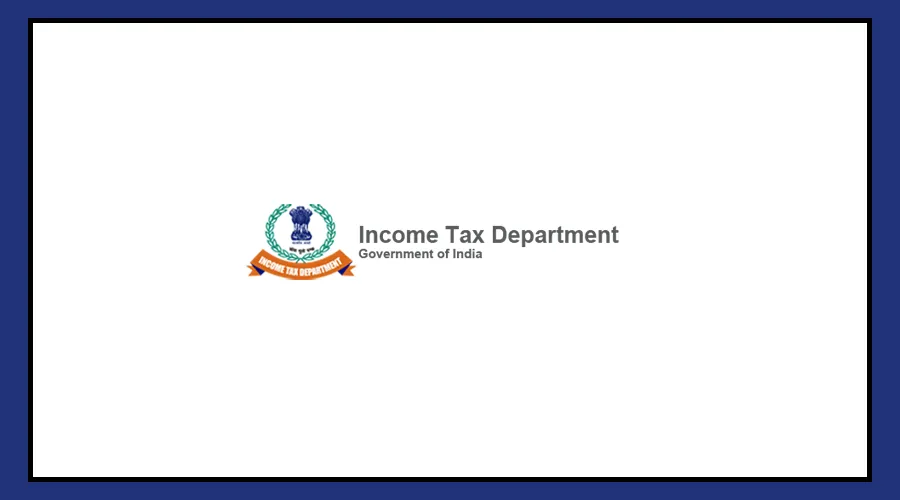If you’re planning to build a big fund for your future—be it for your child’s education, marriage, or retirement—you may consider two popular investment options: SIP (Systematic Investment Plan) in mutual funds or the Public Provident Fund (PPF).
Both serve different purposes, offer different returns, and carry different levels of risk. So, which one should you choose?
Let’s understand how both work and which can help you earn more in the long run.
PPF – Best for Safe, Risk-Free Returns
PPF is a government-backed savings scheme. If you’re someone who prefers safety over high returns and doesn’t want to take any market risk, PPF is a great option.
It offers fixed interest, which means you know exactly how much you’ll receive at the end of the investment term.
For instance, if you invest ₹12,000 per month (₹1,44,000 annually) for 15 years, your total investment will be ₹21,60,000.
At the current interest rate of 7.1% per annum, your money will grow to ₹39,05,481 at maturity. That’s a total return of ₹17,45,481—completely risk-free.
PPF also offers tax benefits under Section 80C of the Income Tax Act (if you’re under the old tax regime), and the maturity amount is tax-free.
SIP – Higher Returns, But With Market Risk
On the other hand, SIP in mutual funds allows you to invest regularly (monthly or quarterly) in equity schemes.
These funds invest in the stock market, so they carry some level of risk. But over the long term, they usually provide higher returns compared to fixed-income options.
Let’s assume the same investment of ₹12,000 per month for 15 years. At an average annual return of 12%, your total investment of ₹21,60,000 will grow to ₹57,11,177.
This gives you a return of ₹35,51,177, which is more than double the return from PPF.
Unlike PPF, SIPs don’t offer a tax deduction under Section 80C (unless you invest in ELSS funds), and the returns are subject to capital gains tax.
So, What Should You Choose?
It depends on your risk appetite and financial goals:
If you want guaranteed returns and a safe investment, PPF is the right choice. It’s perfect for conservative investors and offers additional tax benefits.
If you are willing to take some market risk for potentially higher returns, SIP is the better option.
Over a 15-year horizon, SIPs have historically outperformed most traditional investments, including PPF.
Key Takeaways:
| Criteria | PPF | SIP in Mutual Fund |
|---|---|---|
| Monthly Investment | ₹12,000 | ₹12,000 |
| Total Investment (15 yrs) | ₹21.6 lakh | ₹21.6 lakh |
| Estimated Returns | ₹17.45 lakh | ₹35.51 lakh |
| Maturity Amount | ₹39.05 lakh | ₹57.11 lakh |
| Risk | Very Low (Government-backed) | Moderate to High (Market-linked) |
| Tax Benefit | Under Section 80C | Only in ELSS (with lock-in) |
Final Word:
Choose PPF if your priority is safety. Choose SIP if your goal is to grow wealth over the long term and you’re comfortable with some market ups and downs.
Or, for balance, you can even invest in both, depending on your financial goals.




